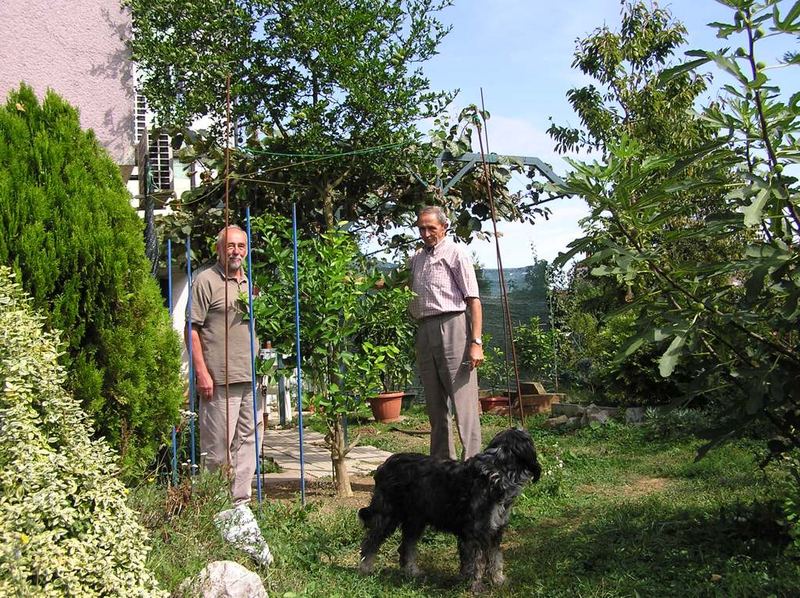 |
Citrus Growers Forum
|
| 50y old lemon trees of unknown variety Goto Previous 1, 2, 3, 4, 5 Next |
| Author | Message | |||||||
|---|---|---|---|---|---|---|---|---|
| ivica Moderator   Joined: 08 Jan 2007 Posts: 658 Location: Sisak, Croatia, zone 7b |
|
|||||||
| ivica Moderator   Joined: 08 Jan 2007 Posts: 658 Location: Sisak, Croatia, zone 7b |
||||||||
| SeaHorse_Fanatic Citruholic  Joined: 19 Sep 2011 Posts: 85 Location: Burnaby, BC Zone 8b/9b |
|
|||||||
| Millet Citruholic   Joined: 13 Nov 2005 Posts: 6657 Location: Colorado |
|
|||||||
| ivica Moderator   Joined: 08 Jan 2007 Posts: 658 Location: Sisak, Croatia, zone 7b |
|
|||||||
| jrb Citruholic  Joined: 30 Dec 2008 Posts: 165 Location: Idaho Falls, ID zone 4A |
|
|||||||
| Millet Citruholic   Joined: 13 Nov 2005 Posts: 6657 Location: Colorado |
|
|||||||
| gotro17 Citruholic  Joined: 21 Jun 2011 Posts: 89 Location: Newbury Park, CA- ZONE 8b/9a |
|
|||||||
| ivica Moderator   Joined: 08 Jan 2007 Posts: 658 Location: Sisak, Croatia, zone 7b |
|
|||||||
| Laaz Site Owner   Joined: 12 Nov 2005 Posts: 5650 Location: Dorchester County, South Carolina |
|
|||||||
| ivica Moderator   Joined: 08 Jan 2007 Posts: 658 Location: Sisak, Croatia, zone 7b |
|
|||||||
| ivica Moderator   Joined: 08 Jan 2007 Posts: 658 Location: Sisak, Croatia, zone 7b |
|
|||||||
| Sanguinello Gest |
|
|||||||
| ivica Moderator   Joined: 08 Jan 2007 Posts: 658 Location: Sisak, Croatia, zone 7b |
|
|||||||
| Sanguinello Gest |
|
|||||||
| Informations | |
 |
Our users have posted a total of 66068 messages We have 3235 registered members on this websites |
| Most users ever online was 70 on Tue 30 Oct, 2012 10:12 am | |
|
Powered by phpBB © 2001, 2005 phpBB Group
|





